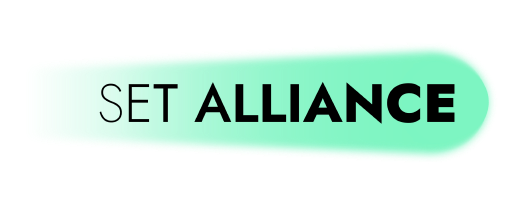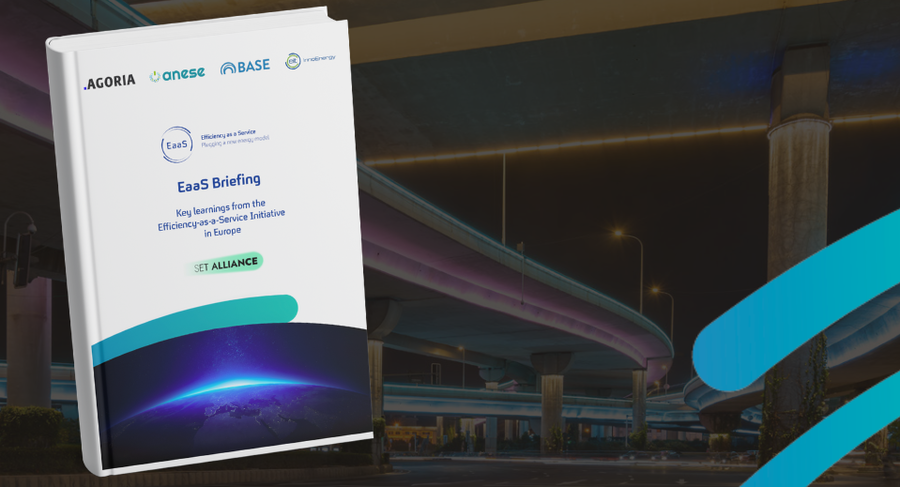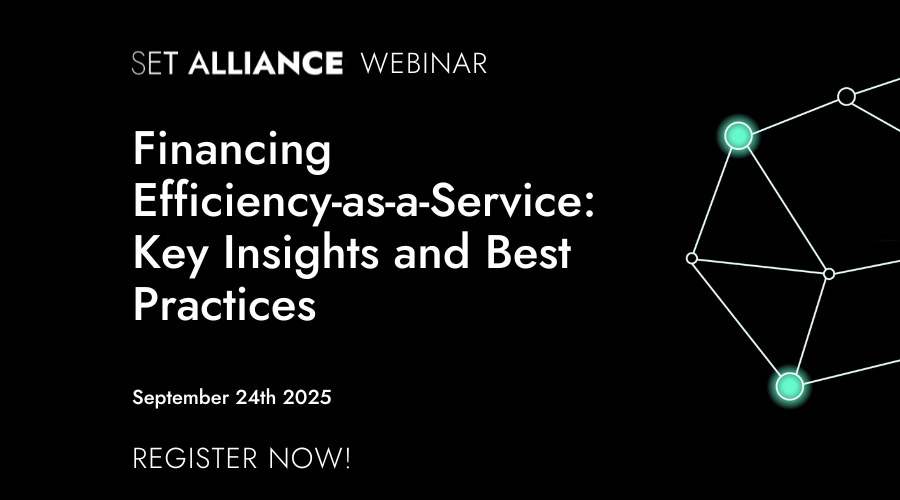The Efficiency-as-a-Service (EaaS) initiative, led by BASE Foundation, is releasing its end-of-project report, summarising learnings from a four-year project focused on promoting pay-per-use models to accelerate the adoption of sustainable energy solutions in Europe. The Efficiency-as-a-Service business model allows customers to pay for energy services rather than purchasing equipment outright, removing upfront costs and enabling easier access to advanced energy-efficient technologies. Funded by the EU’s Horizon 2020 programme, the initiative aimed to design, test and implement this model across Belgium, Spain, and the Netherlands.
EaaS is particularly valuable for Small and Medium-sized Enterprises (SMEs), which often face barriers to investing in energy efficiency, such as high initial costs and a lack of financing experience. By adopting a pay-per-use model, SMEs can achieve energy savings without needing significant capital expenditures, while providers handle the implementation, maintenance, repair and operational tasks (sometimes including utility expenses as well). This approach aligns with broader EU goals, such as the Fit For 55 package and the REPowerEU initiative, which emphasise energy efficiency as a means to reduce CO2 emissions and enhance energy independence.
Under the EaaS project, several tools were developed to support stakeholders, including standardised contracts, pricing simulations, risk management guidelines, and measurement methodologies for energy and greenhouse gas savings. These resources helped streamline adoption by simplifying legal processes, comparing financial scenarios, and ensuring transparency in energy savings.
In a nutshell, stakeholder feedback revealed that SMEs often hesitate to adopt sustainable energy systems due to high upfront costs, complex technologies, and concerns over uncertain returns on investment and operational risks. The financial and operational incentives of EaaS, such as the absence of capital investment and outsourced maintenance, were seen as key benefits. However, the preference for asset ownership and a lack of awareness of the model’s advantages continue to hinder adoption. Larger industrial clients showed greater interest in EaaS due to their significant energy needs, while smaller businesses tended to focus on short-term cost savings.
The success of EaaS adoption is influenced by factors such as capital constraints among businesses, which makes the off-balance sheet nature of the model attractive. EaaS is particularly appealing for secondary systems like heating or cooling that are essential but not core to the business, allowing companies to outsource specialised technical tasks. Additionally, sectors with variable consumption patterns, such as food processing, benefit from the model’s flexibility. Established second-hand markets for EaaS equipment also reduce financial risks for providers and increase investor confidence.
For those transitioning to EaaS, there are key points to consider. Solution providers must design systems for durability and long-term efficiency, manage maintenance costs, ensure data access, and build partnerships for comprehensive offerings. Customers should focus on transparent procurement processes, circularity, flexibility, and safeguards against provider disruptions. Financiers, meanwhile, need a solid understanding of the EaaS market, conduct due diligence, leverage green finance opportunities, and explore risk mitigation tools like insurance and guarantee funds to lower project risks.
Ultimately, EaaS models offer significant potential for easing the shift to cleaner energy solutions, particularly when public sector involvement and supportive regulatory frameworks are present. The project’s success led to the creation of the Servitisation for Energy Transition (SET) Alliance in 2022, aiming to expand EaaS globally and further drive the reduction of carbon emissions.
For a detailed review of the project’s insights and learnings, the complete EaaS briefing is available here:




